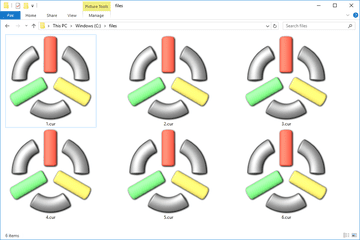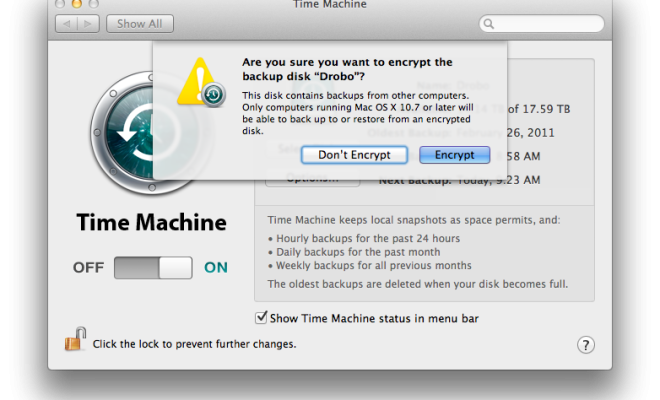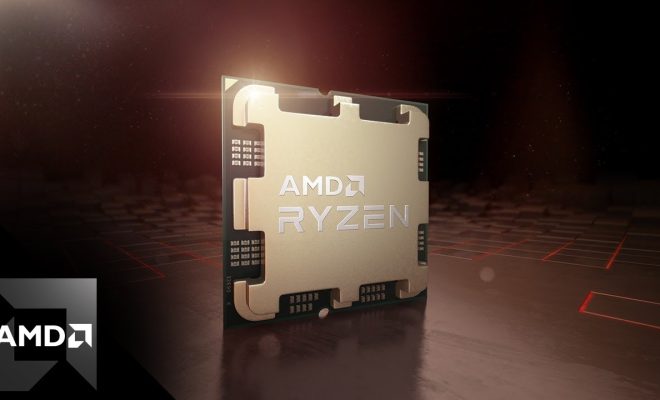What Is a FACE File?

A FACE file is a type of file extension that is used by various software applications. FACE stands for “Firmware Analysis and Comparison Environment,” and this file type is most commonly associated with firmware updates and analysis.
Firmware is the software that runs on embedded systems, such as computer hardware or electronic devices. FACE files contain data that can be used to update or modify the firmware on these systems. The data contained in a FACE file can include things like software updates, configuration settings, and security patches.
One of the most common uses of FACE files is in the firmware update process. When a device manufacturer releases a new firmware update, they typically package it into a FACE file that can be easily distributed and installed on devices. These updates can improve device performance, fix bugs, and address security vulnerabilities.
In addition to firmware updates, FACE files can also be used for firmware analysis and comparison. Developers and security researchers can use these files to analyze the code and functionality of a given firmware version. This allows them to identify potential vulnerabilities or bugs and develop patches or updates to address them.
While FACE files are primarily used in the realm of firmware, they can also be used for other types of software. For example, some software applications may use FACE files for storing and managing configuration data.
Overall, FACE files are an important tool for firmware updates and analysis. By containing critical data for device functions and information security, these files ensure that devices can be maintained and kept safe. Whether you’re a consumer or a developer, understanding what a FACE file is and how it works can be an essential part of modern technology.






